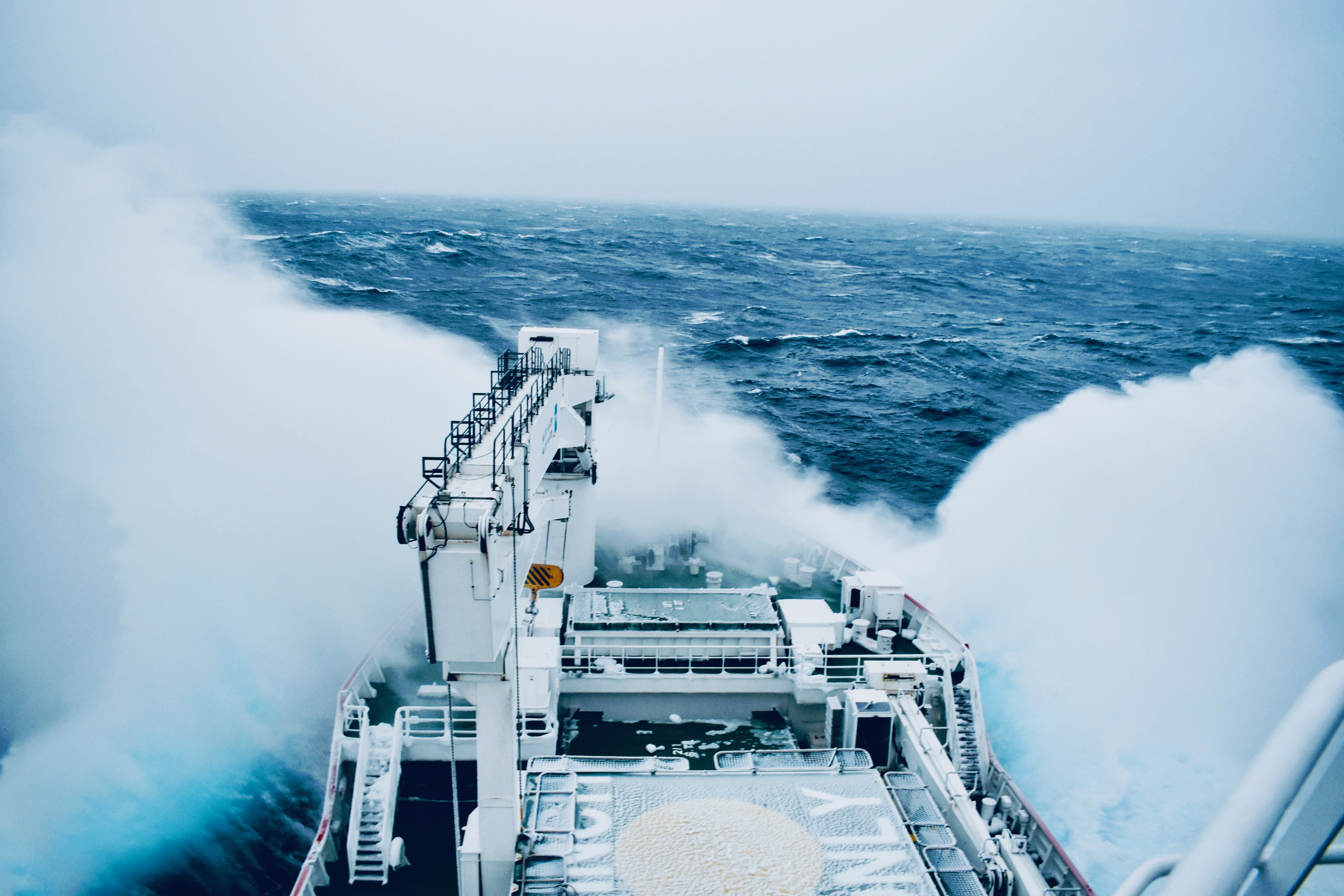 Mines are composed of features like open cut pits, water storage ponds, milling infrastructure, waste rock dumps, and tailings storage facilities that are often associated with impacts to surrounding areas. These images, taken from Werner et al (2020, https://www.sciencedirect.com/science/article/abs/pii/S0959378019305023), shows the great diversity in shape and form these features take, as well as the wide variety of landscapes that mines occupy around the world.
Mines are composed of features like open cut pits, water storage ponds, milling infrastructure, waste rock dumps, and tailings storage facilities that are often associated with impacts to surrounding areas. These images, taken from Werner et al (2020, https://www.sciencedirect.com/science/article/abs/pii/S0959378019305023), shows the great diversity in shape and form these features take, as well as the wide variety of landscapes that mines occupy around the world.
Australia has joined other large mining nations such as Russia, China and Brazil at the top of a list of countries with the biggest areas of undocumented or undermeasured mine impacts, according to a satellite image analysis of the world’s mines.
The satellite image analysis of Earth’s 120,000 square kilometres of mining land reveals for the first time that researchers, NGOs, and the public cannot independently measure the impacts of more than half the world’s mines because critical data such as mine production, waste, pollution and water use is absent from publicly available global databases.
This has raised concerns that transitions away from fossil fuel mining and towards the metals and minerals needed to power the clean energy revolution are going ahead without a clear understanding of global human and environmental risks, according to University of Melbourne geographer and analysis co-author Dr Tim Werner.
In a comment article published in Nature, Dr Werner and co-author Dr Victor Maus from Vienna University of Economics and Business found 56 per cent of mines visible in satellite imagery had crucial information missing from Standard & Poor’s Capital IQ Pro (S&P) database, which lists mine information for investors but is also used to track the environmental and community impact of mines.
Even when reports are produced, they are not always able to be collected or recorded by databases, organisations or researchers, leading to large gaps even among countries known for higher regulation.
Despite its own highly regulated industry, the analysis ranked Australia sixth in the world for the most undocumented mine impact areas in the S&P database, with information on 3635 sq km (39% of mine areas) missing or incomplete for S&P’s compilation.
Dr Werner said this was due in part to the huge scale of the mining industry, as Australia alone has 95,000 historic and active mineral extraction sites, many in remote areas. With global demand for clean technology resources expected to rise sixfold by 2040 from 2020 – and the rush for lithium in particular – landscapes will change dramatically, some for worse and others for better, Dr Werner said.
“Whether it is coal, lithium for batteries, cobalt for smartphones or neodymium for wind turbines, our future requires mining. Mining will inevitably expand, including in environments relatively untouched. As its scale grows, it is crucial its global impacts are addressed – it’s time to call on the mining industry to improve the data it publishes,” he said.
Russia had the most undocumented mine impacts at 9512 square kilometres, which equalled 65 per cent of its recorded mine areas, followed by China (8030 sq km; 55%), Indonesia (5863 sq km; 69%), Brazil (4723 sq km; 76%) and the United States (3807; 32%). In several countries, S&P have found no reports to track impacts surrounding mines, such as Afghanistan, Belarus, Cambodia, Estonia, Nigeria, Paraguay, Sri Lanka, Syria, and Turkmenistan.
“There are hundreds of thousands of mines and exploration sites in the world. Yet, public data on production, waste, pollution and consumption of water and energy is widely lacking, making it difficult for researchers, governments, NGOs, and the public to assess the impact on their local environment, as well as the global impact of all mining.
“For example, the Mandiodo mine area in Indonesia stands out in satellite images, with wide vegetation clearing and operations near waterways. Yet there’s little public information about it. Transparency keeps the industry accountable, but it also builds trust. While transparency will expose harmful projects to necessary criticism, it also shines a light on projects doing the right thing that will need to succeed to meet demand.”
Dr Werner said a large share of mineral production might be illegal. According to the UN, more than 80 per cent of gold mined in Colombia and Venezuela comes from illegal sites, while illegal sand mining was common in at least 70 countries.
“The data gap isn’t just a problem about regulation but about data sharing and gathering — data are missing for all types of commodity and locations and for many reasons, from limited data collection to illegal activities,” Dr Werner said.
Dr Werner recommended four ways to improve the transparency of mining impacts:
- Researchers should highlight weaknesses in publicly available mining impact data
- Researchers should share data and collaborate so they can measure global mining impact
- Improve transparency by addressing lack of historical accountability, confidentiality, commercial interests and regulation
- Use remote sensing such as satellites and drones and artificial intelligence to fill gaps such as the extent of deforestation, and to verify what is reported and monitor old or abandoned mines














